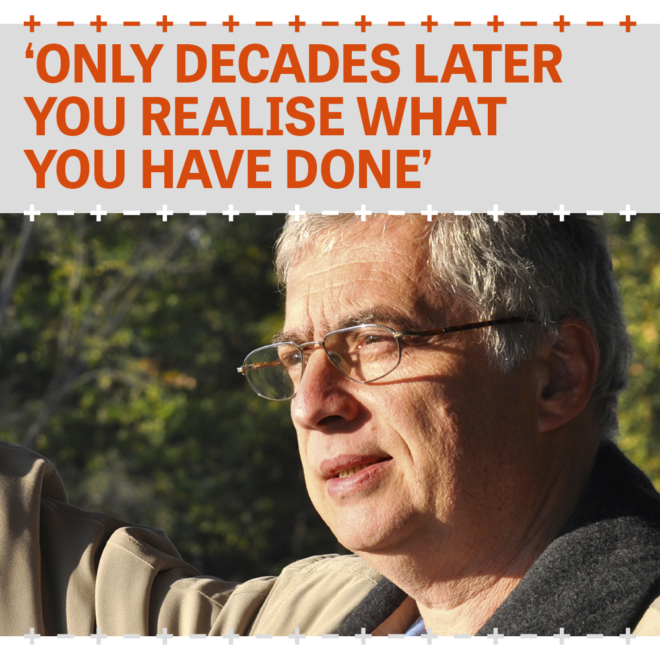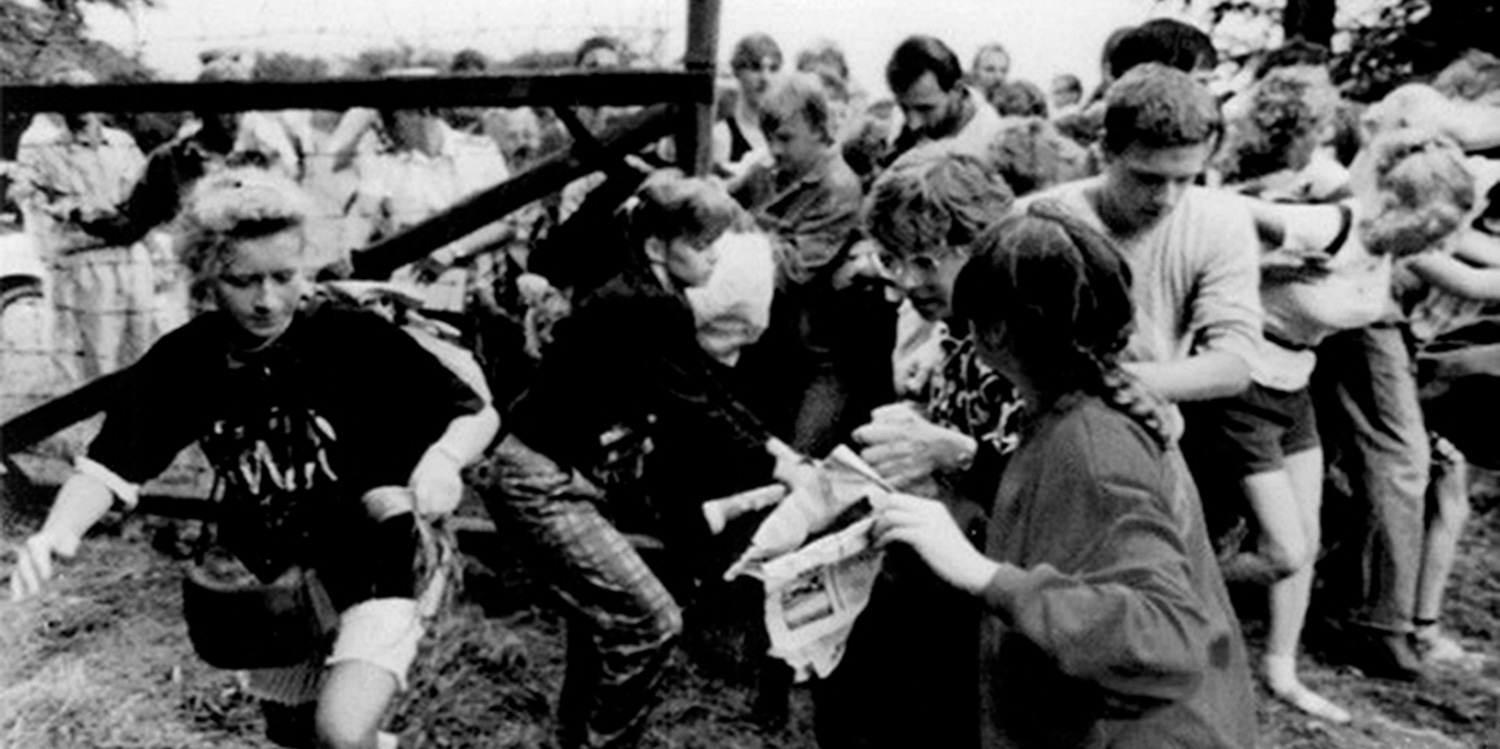László Nagy (1957), Hungary, 19 August 1989
“It was a wild idea, but I immediately said yes. Of course. I had just set up the local branch of an actual opposition party with five friends – opposition had only recently been permitted. One of those friends had a plan that sounded like a joke: a picnic right on the border of Hungary and Austria.
“The time was right, I could feel it. We had been acquiring more and more freedom in Hungary. No matter how happy that made me, I was worried as well. I’m not crazy. I knew how dangerous changes could be. The Hungarian Revolution of 1956, the Prague Spring, the emergence of Solidarnosc in Poland – in all those instances, the opposition had eventually been violently crushed. You cannot make it alone as a state. We wanted to inspire the opposition movements in other Eastern Bloc countries with the reforms that had taken place in Hungary. The picnic would be a great statement. ‘Look at us, on the Hungarian border you can do what you want.’ A picnic would ridicule the Berlin Wall and the rest of the Iron Curtain. ‘Tear down and take it away’ became our motto.
“We knew what we were organising, but we didn’t really know what we were doing. Sometimes you only truly realise what you caused after decades have gone by. There had not been time to think about it anyway because we only had three weeks to get it done. Every day we worked on it. So much had to be arranged: flyers, toilets, permit business, inviting as many journalists as possible.
“On the day of the picnic, all my attention went to the press conference; I had to translate for the foreign journalists. I had no idea what was happening at the border at that moment. When I arrived there, I learned that hundreds of East German refugees had crossed the border. Slowly I started to realise what our little garden party had triggered. I leant against my car and thought: ‘How many years will I have to go to jail for this?’
Pan-European Picnic
On 19 August 1989, local Hungarian opposition parties organised a ‘Pan-European Picnic’ near the Iron Curtain between Hungary and Austria. The picnic was meant as a small peaceful protest, but many East Germans on holiday close to Budapest saw their chance to illegally cross the border to Austria in order to flee to the West. It was the biggest exodus of East Germans since the Berlin Wall was built. Instead of the 2000 people they had expected at the picnic, more than 20.000 turned up and tore down miles of barbed wire to take it home. On 11 September, Hungary announced that from that moment on the borders would remain open, allowing all refugees from Eastern European countries to go to the West. Two months later the Berlin Wall fell.

